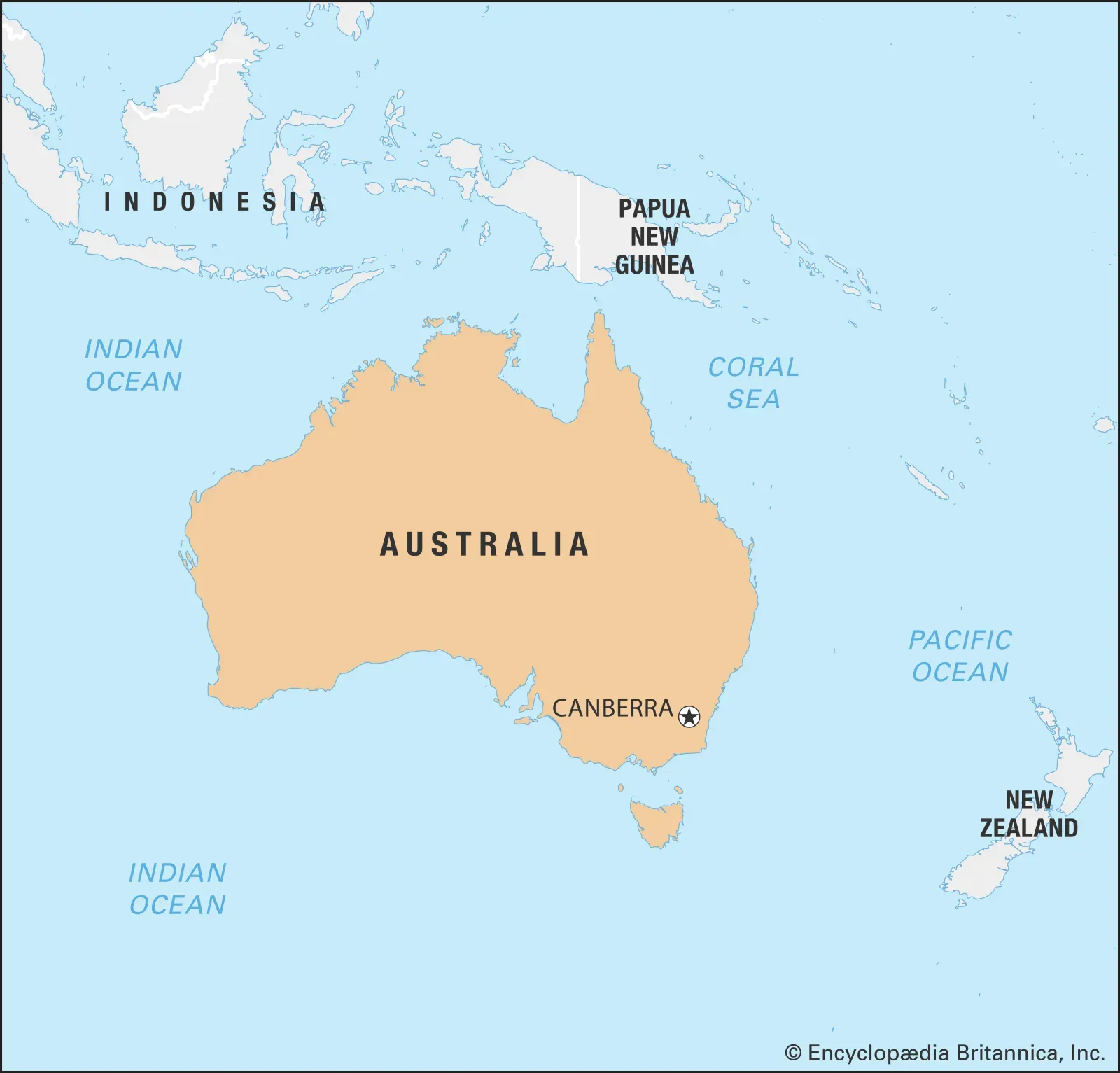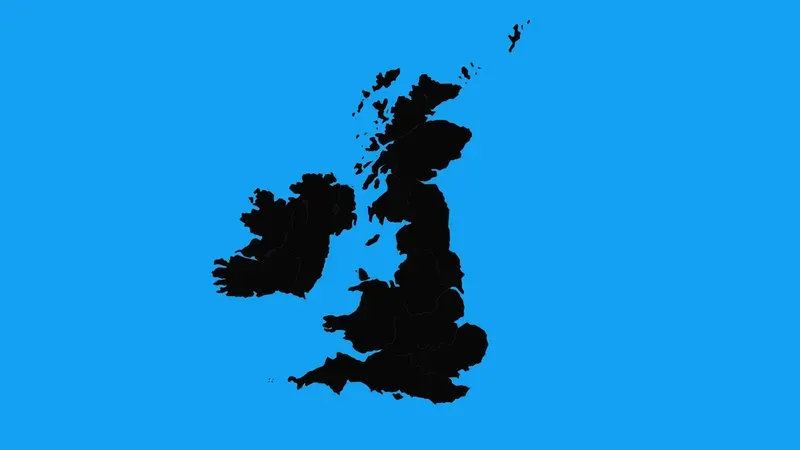Is Australia an Island?
Australia is often referred to as an island due to its massive landmass surrounded by water. However, it is technically a continent, as it sits on its own tectonic plate. While islands are typically smaller landforms, Australia is the world's sixth-largest country and the only nation to cover an entire continent. Its classification as a continent rather than an island is based on geological criteria and historical context, distinguishing it from smaller islands globally.

When exploring the geographical identity of Australia, one question often arises: ''Is Australia an island?'' This question can be both straightforward and complex, depending on how one defines an island. To understand this better, we need to delve into the definitions of islands, continents, and how Australia fits into these categories.
Understanding Islands and Continents
According to geographical definitions, an ''island'' is a piece of land that is surrounded by water. In contrast, a ''continent'' is a large continuous mass of land conventionally regarded as a collective region. Australia is often referred to as both an island and a continent, leading to confusion.
To clarify, let’s look at a comparison between islands and continents:
| Feature | Island | Continent |
|---|---|---|
| Size | Generally smaller than continents | Significantly larger landmass |
| Surrounding Water | Completely surrounded by water | May be surrounded by water but is part of a larger landmass |
| Examples | Greenland, Madagascar | Africa, Asia, North America |
Based on these definitions, Australia is indeed surrounded by water. However, its vast size—covering approximately 7.7 million square kilometers—makes it the ''largest island'' in the world. This unique characteristic positions Australia awkwardly between the definitions of an island and a continent.
Australia as an Island
When considering ''Australia as an island'', it’s essential to acknowledge its geographical isolation. The country is situated between the Indian Ocean and the Pacific Ocean, forming a distinct landmass that is separate from other continents. As a result, it is often referred to as the ''island continent''. This term highlights its characteristics of being an island while simultaneously being classified as a continent due to its size and geological features.
In terms of biodiversity, Australia boasts unique flora and fauna not found anywhere else in the world. This is largely due to its long geological history and isolation from other landmasses. The Great Barrier Reef, for example, is the largest coral reef system in the world and is a significant aspect of Australia’s identity as an island.
The Debate: Island or Continent?
The debate around whether Australia is an ''island'' or a ''continent'' continues among geographers and the general public. Some argue that the term "island" is too limiting, given Australia’s size and diverse ecosystems. Others maintain that the geographical definition stands, emphasizing its status as the largest island.
This discussion raises interesting points about how we categorize landmasses. For example, New Guinea is often referred to as an island, but it is the second-largest island in the world and is part of a larger landmass that includes its neighboring islands. This categorization can lead to varying interpretations of what constitutes an island.
Geographical Context of Australia
Australia's geographical context plays a crucial role in the island vs. continent debate. The country is part of the ''Oceania region'', which includes numerous islands and archipelagos. The surrounding waters, such as the Coral Sea and the Arafura Sea, further define Australia's identity as an island. The ''Australian continent'' is also known for its unique geological features, including the Australian Outback and the central desert region, which add to its complexity as both an island and a continent.
Conclusion
In conclusion, the question of ''Is Australia an island?'' cannot be answered with a simple yes or no. Australia is the world's largest island and also recognized as a continent due to its size and unique geological characteristics. This dual identity enriches our understanding of the country and highlights the complexities of geographical classifications.
As we continue to explore the world, identifying places like Australia challenges our perceptions and definitions of landmasses. In the end, whether we view Australia as an island, a continent, or both, it remains a fascinating destination with a rich natural and cultural heritage.












